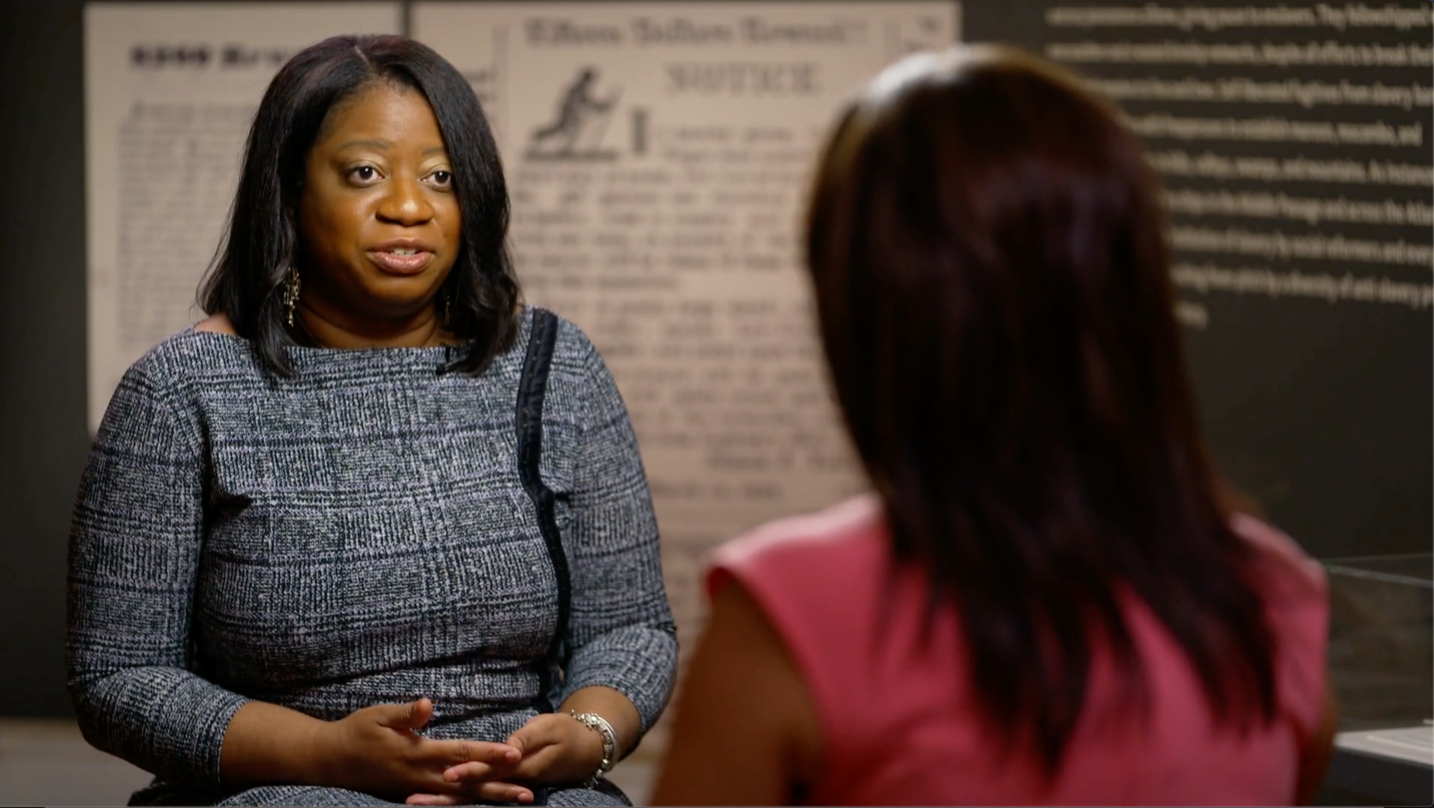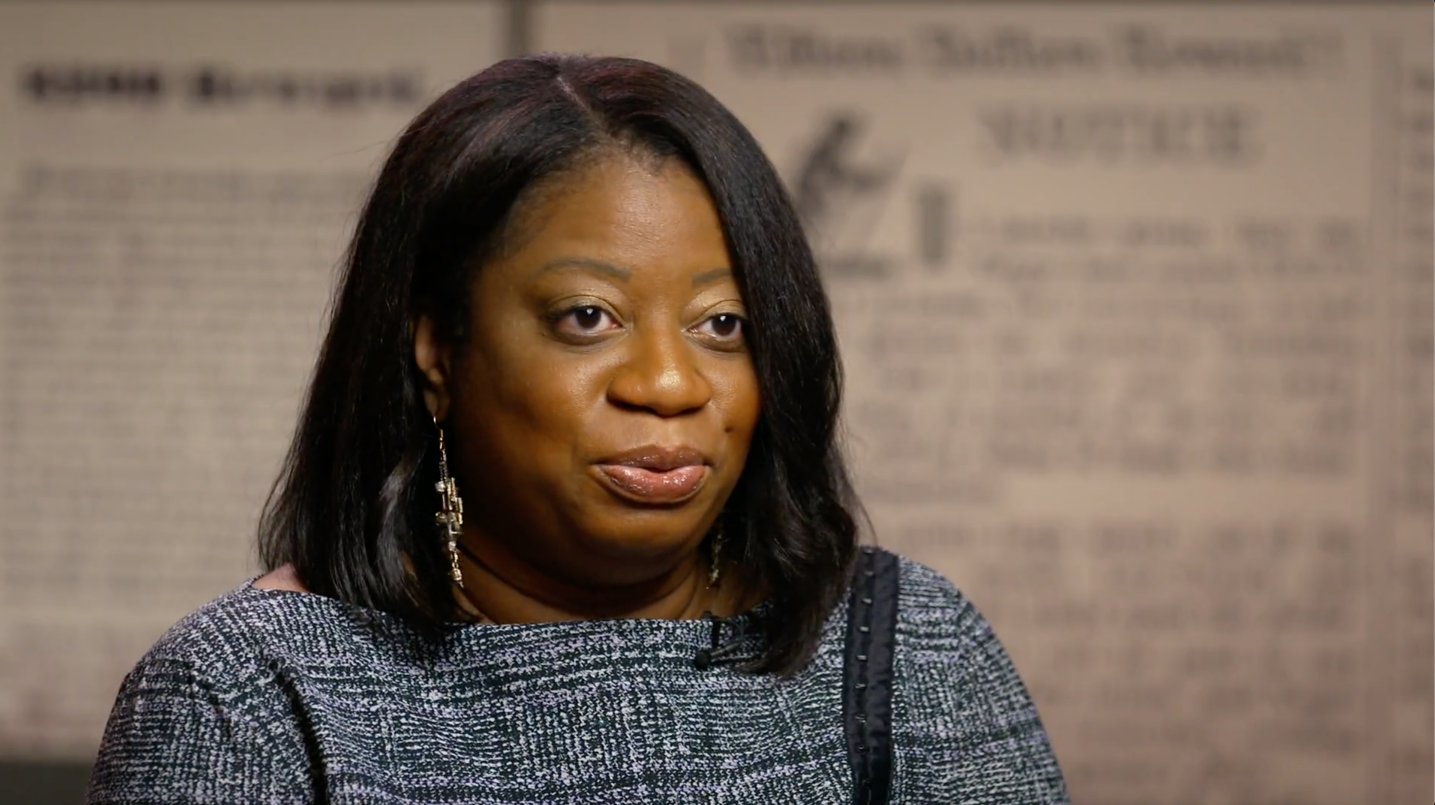Commander’s “In Populated Air: Flying Africans, Technology, and the Future” was published in Ekow Eshun’s In the Black Fantastic (2022). Read an excerpt here: https://anotherchicagomagazine.net/2022/10/06/in-populated-air-flying-africans-technology-and-the-future-by-michelle-d-commander/
Opening at The Met Fifth Avenue on November 5, 2021, Before Yesterday We Could Fly: An Afrofuturist Period Room, like any of The Met's period rooms, is a fabrication of a domestic space that assembles furnishings and objects to create a fiction of authenticity. Rather than affirm a fixed moment in time, however, this structure reimagines the immersive experience of the period room by embracing the African and African diasporic belief that the past, present, and future are interconnected. The exhibition's narrative is generated by the real, lived history of Seneca Village, a vibrant community founded predominantly by free Black tenants and landowners that flourished from the 1820s to the 1850s just a few hundred yards west of The Met's current site. Michelle Commander is the Consulting Curator on for this project. Click here to read and view more about this new exhibit on the Met’s website.
Watch the virtual exhibit opening: https://www.youtube.com/watch?v=A_1QbBQ5pag&t=2s&ab_channel=TheMet
Before Yesterday We Could Fly in the News:
Architectural Digest: https://www.architecturaldigest.com/story/5-powerful-reasons-to-visit-the-mets-new-afrofuturist-period-room
Artnet: https://news.artnet.com/opinion/met-afrofuturist-period-room-review-2034499
Cultured Magazine: https://www.culturedmag.com/the-met-opens-an-afrofuturist-period-room-set-in-seneca-village/
Elle Decor: https://www.elledecor.com/life-culture/a38164860/metropolitan-museum-of-art-afrofuturist-period-room/
Gothamist: https://gothamist.com/arts-entertainment/wondrous-afrofuturism-period-room-opens-met-museum
House Beautiful: https://www.housebeautiful.com/lifestyle/a38137493/met-museum-afrofuturist-room-seneca-village/
Hyperallergic: https://hyperallergic.com/690079/met-museum-reimagines-the-period-room-through-the-lens-of-afrofuturism/
The New York Times: https://www.nytimes.com/2021/11/17/arts/design/metropolitan-museum-afrofuturist-seneca.html
Vogue: https://www.vogue.com/article/before-yesterday-we-could-fly-afrofuturist-period-room-met-museum
Just as the slave trade tied together the cultures and populations of four continents, it also wed together distinctive disease ecologies. The lack of local populations with exploitable labor in the Americas compelled an increase in the volume of Africans that Europeans forced into the transatlantic slave trade, setting the stage for epidemic diseases and other health issues that shaped the cultural, social, and material life of Atlantic slavery. Genocidal warfare and the destructive effects of Eurasian African epidemic diseases caused the near decimation of Indigenous populations. Yellow fever, a virus native to tropical West Africa, became a common scourge to American ports. Doctors theorizing about the virus developed racial stereotypes that posited that people of African descent were inherently immune to the virus, setting the stage for a range of healthcare disparities that reverberate today.
Taking its cue from compelling new directions in slavery studies as well as our current health crisis, the 2021 Lapidus Center Conference explored a variety of critical issues in the history of health, healing, and medicine in the age of Atlantic slavery via a combination of keynote conversations, book chats, and panel sessions. This fully virtual conference ran October 6-8, 2021. You may watch the full conference here: livestream.com/schomburgcenter
On Friday, June 18, 2021, Dr. Michelle Commander spoke with CBS This Morning’s Michelle Miller about slavery abolition in the United States and the significance of Juneteenth. Watch the full interview here: https://bit.ly/3aSmrlE
Publishers Weekly announces that Commander’s new book in progress Seizing Black Space, an examination of slavery’s geographical afterlives in the United States, was bought at auction by Elda Rotor at Viking Books.
Unsung in the News:
Unsung Book Launch at the Schomburg Center for Research in Black Culture: https://livestream.com/schomburgcenter/unsung/videos/217641708
Kirkus Starred Review: https://www.kirkusreviews.com/book-reviews/michelle-d-commander/unsung/
Library Journal Starred Review: https://www.libraryjournal.com/?detailStory=unsung-unheralded-narratives-of-american-slavery--abolition
Unsung Reviewed in The Atlanta Journal-Constitution: https://www.ajc.com/things-to-do/ajc-bookshelf-black-history-comes-to-life-in-books-on-slavery-civil-rights/EA3QUD5FVBF47HQS4XUVDRCOP4/
Unsung Reviewed in The Washington Post: https://www.washingtonpost.com/outlook/little-known-voices-sing-the-history-of-slavery-and-resistance/2021/03/04/f21fcf04-6fd1-11eb-b8a9-b9467510f0fe_story.html
Interview with WUTC: https://www.wutc.org/news/2021-02-24/talking-writing-prof-michelle-commander-on-unsung
Interview with Kansas Public Radio (KPR): https://kansaspublicradio.org/blog/dan-skinner/conversations-michelle-commander-unsung-unheralded-narratives-american-slavery
Interview with Francesca Rheannon of the Writer’s Voice podcast: https://www.writersvoice.net/2021/02/heather-mcghee-the-sum-of-us-michelle-commander-unsung/
Interview with Public Radio Tulsa: https://www.publicradiotulsa.org/post/unsung-unheralded-narratives-american-slavery-and-abolition-encore#stream/0
Interview with WGCU: https://news.wgcu.org/podcast/gulf-coast-live/2021-04-06/michelle-d-commander-and-rachel-lynn-solomon
NYPL Blog Interview: https://www.nypl.org/blog/2021/02/05/schomburg-curator-releases-two-books-one-month
Commander was interviewed for and quoted in a The New York Times article about Seneca Village and the Lyons family, who owned property there: https://www.nytimes.com/2019/10/20/arts/lyons-seneca-village-monument.html
Commander was also interviewed by Alison Stewart of WNYC’s All of It about Seneca Village’s history and importance to our contemporary moment: https://www.wnyc.org/story/remembering-seneca-village/
Commander was interviewed by Anne Helen Petersen about her slim volume memoir Avidly Reads Passages: https://annehelen.substack.com/p/a-changing-same
Lit Hub: https://lithub.com/new-and-noteworthy-nonfiction-this-february/
Michelle D. Commander curated Subversion & The Art of Slavery Abolition, which was on view in the Schomburg Center’s Latimer/Edison Gallery 2020-2022. This exhibition highlighted several of the ways that abolitionists engaged with the arts to agitate for enslaved people’s liberty in the eighteenth and nineteenth centuries. Though the major focus of the exhibition was on American (U.S.) and British efforts, abolitionism was transnational, dynamic, and controversial. Anti-slavery advocates immersed themselves in letter, pamphlet, and speech writing campaigns and founded newspapers, despite known and unknown dangers. Visual artists created illustrations, paintings, and photographs that featured the mundane yet absolutely reprehensible aspects of slavery to alert everyday citizens to the institution’s many horrors. Novels, slave narratives, poetry, and music were also significant and often encoded with insurgent messages that inspired the establishment of anti-slavery societies and the formation of one of the movement’s most subversive projects: The Underground Railroad. All of these strategies were profoundly necessary as activists rallied the public to agitate for the cause and urged governmental officials to abolish slavery. Abolitionist arts appealed to the public’s moral, religious, and political convictions, eventually yielding a robust stream of anti-slavery propaganda and radical acts that could not easily be ignored. In 1791, the abolitionist William Wilberforce gave a speech before the British House of Commons, declaring that great responsibility came along with the awareness of slavery’s cruelty. He ended his speech with the declaration, “You may choose to look the other way but you can never again say that you did not know.” This sentiment no doubt energized and emboldened abolitionists’ incredible displays of bravery, intellect, craft, and artfulness in the fight to end slavery.See more here: https://www.nypl.org/events/exhibitions/subversion-art-slavery-abolition.



















